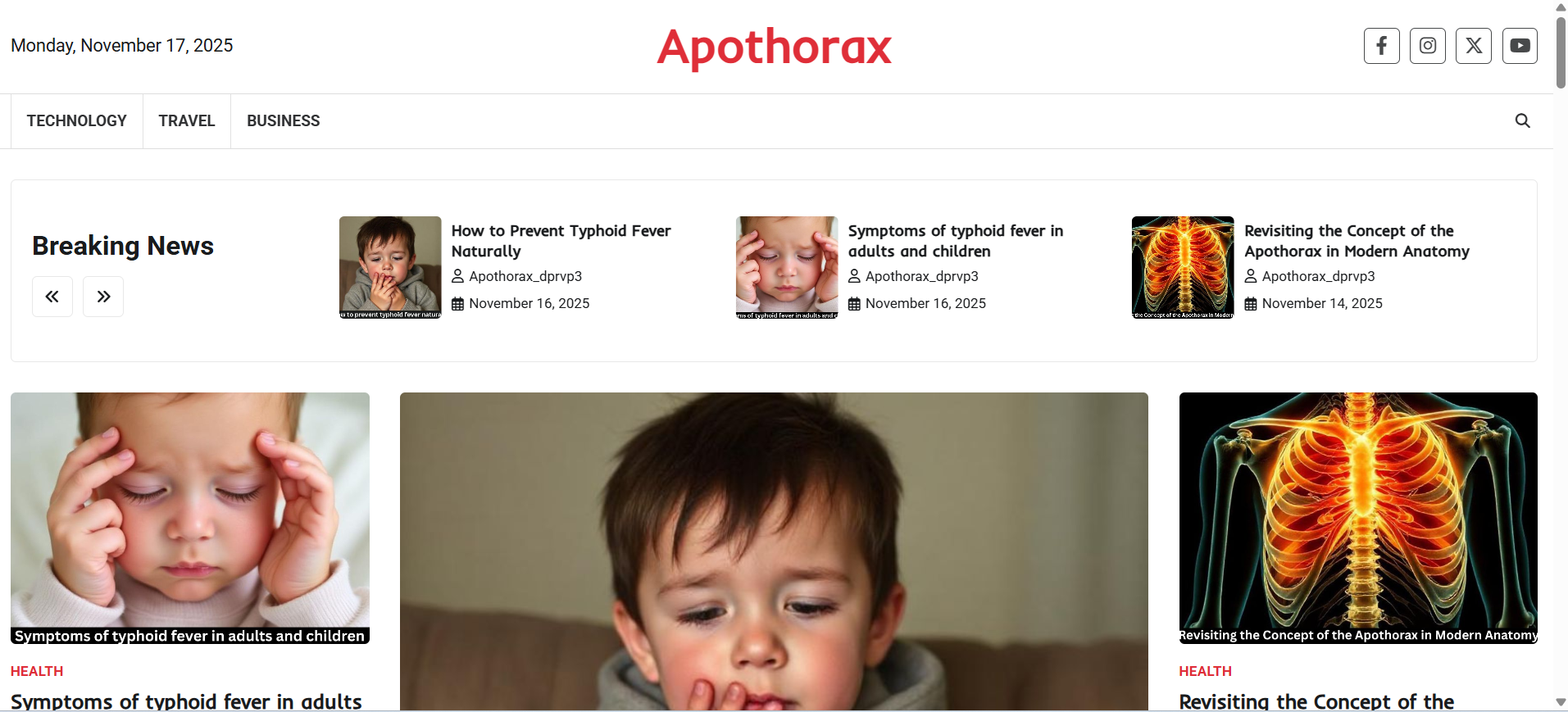There are many anatomical terms we use every day, like “thorax” or “abdomen.” But every now and then, a lesser-known term pops up—like apothorax—and students are left wondering what exactly it means. Even though it’s not a widely used modern term, the apothorax plays a surprisingly important role in understanding how the heart and lungs stay protected.
Understanding Lesser-Known Anatomical Terms
Some older or descriptive anatomical terms still help us understand the body’s structure more clearly, even if they aren’t universally used today.
Why the Apothorax Still Matters Today
Because it highlights the supporting structures that allow the thoracic cavity to function smoothly and safely.
What Is the Apothorax?
Basic Definition
The apothorax is the supportive region around the thorax, especially on the lower sides of the chest.
Meaning and Etymology
- “Apo” = around or supporting
- “Thorax” = the chest region
Together, “apothorax” means “the area supporting the thorax.”
Is It a Standard Anatomical Term?
Not anymore. Modern anatomy prefers more precise terminology, but the idea behind the apothorax still helps students understand chest wall structure.
Location of the Apothorax
Anatomical Position
The apothorax is found:
- On the lateral sides of the chest
- In the lower thoracic area
- Near the diaphragm’s upper attachments
Boundaries of the Region
It typically includes:
- Ribs 8–12
- Lower intercostal muscles
- Costal cartilages
- Upper abdominal wall structures
Relationship with the Thoracic Cavity
It forms a supportive “shield” around the thorax, helping protect vital organs.
Structures Within the Apothorax
Muscles in the Region
Key muscles include:
- Intercostal muscles
- Serratus anterior
- External oblique
- Transversus thoracis (upper fibers)
Bones, Ribs & Cartilage
Includes:
- Lower ribs
- Costal cartilages
- Parts of the thoracic vertebrae
Nerves, Vessels & Connective Tissue
The region contains:
- Intercostal nerves
- Intercostal arteries and veins
- Thoracic spinal nerves
- Connective tissues and lymphatic structures
Why the Apothorax Matters
Protection of the Heart
Even though the heart lies inside the thorax, the apothorax supports the rib cage around it, preventing force from reaching the heart too easily.
Support for the Lungs
The lungs expand and contract continuously, and the apothorax provides structural support so they can move without obstruction.
Stabilization of the Thoracic Cavity
The apothoracic muscles help anchor the ribs, maintaining the shape and integrity of the thoracic cage.
Role of the Apothorax in Breathing
Helping Rib Movement
The ribs rise and fall with every breath. The apothorax helps coordinate this movement.
Supporting Diaphragm Function
As the diaphragm contracts downward, the apothorax provides the necessary stability.
Maintaining Chest Wall Flexibility
The apothorax ensures the chest wall remains flexible enough to support smooth breathing.
Apothorax and Thoracic Protection
How It Shields Vital Organs
By reinforcing the rib cage, the apothorax indirectly protects:
- The heart
- The lungs
- Major blood vessels
- The esophagus
Preventing Mechanical Injury
Muscles and bones in the apothorax absorb shock before it reaches the thoracic cavity.
Reinforcing the Rib Cage
It strengthens weak points in the lower rib region.
Importance of the Apothorax in Movement
Role in Posture
The apothorax helps maintain upright posture by supporting rib placement.
Contribution to Trunk Rotation
Muscles attached here help you twist your torso.
Core Stability and Balance
It plays a crucial role in stabilizing the upper body.
Apothorax vs. Thorax
Major Differences
- Thorax is a cavity.
- Apothorax is a surrounding structural region.
Functional Comparison
- Thorax: houses organs
- Apothorax: supports and protects organ housing
Why the Terms Shouldn’t Be Confused
One describes an internal chamber, the other an external area that supports it.
Clinical Importance
Injuries Involving the Apothorax
Rib fractures or muscle tears often occur in this region.
Respiratory Disorders
Weakness in the apothorax can impair breathing mechanics.
Muscular Dysfunction and Pain
Strain in the intercostals or oblique muscles can cause chest wall pain.
Tips for Learning the Apothorax
Mnemonics for Students
Try this:
“Apo protects the thorax.”
Visual Study Aids
Use labeled diagrams, 3D models, and digital anatomy apps.
How to Remember Its Function Easily
Think of it as the “armor” around your thoracic cavity.
Conclusion
The apothorax might not be a standard term today, but its role is undeniable. It supports breathing, protects vital organs, stabilizes the rib cage, and contributes to posture and movement. Understanding the apothorax helps students visualize how the chest wall works as a powerful protective and functional system. Whether you’re reviewing anatomy for exams or simply curious about how your body protects your heart and lungs, the apothorax is a concept worth knowing.
FAQs
1. Does the apothorax contain any organs?
No, it contains muscles, ribs, and connective tissue—not organs.
2. Why does the apothorax matter?
It supports and protects the thoracic cavity, holding vital organs safe.
3. Is the term used in modern anatomy?
It’s outdated but still explained in some educational contexts.
4. How does the apothorax help with breathing?
It helps move and stabilize the ribs and diaphragm during inhalation and exhalation.
5. What makes the apothorax clinically important?
It’s involved in chest wall injuries, breathing function, and upper body movement.



